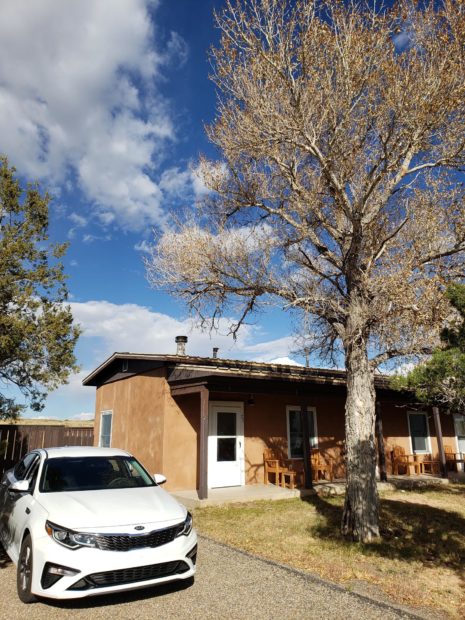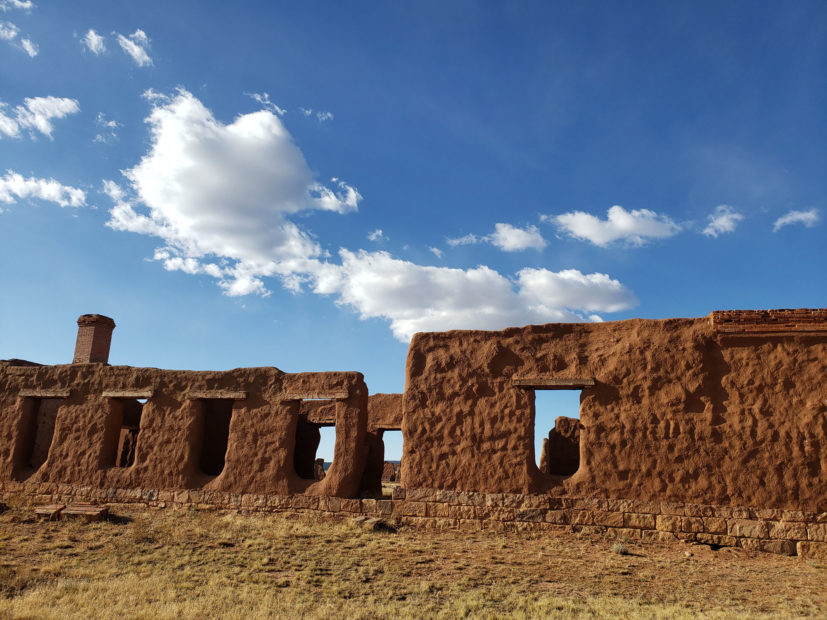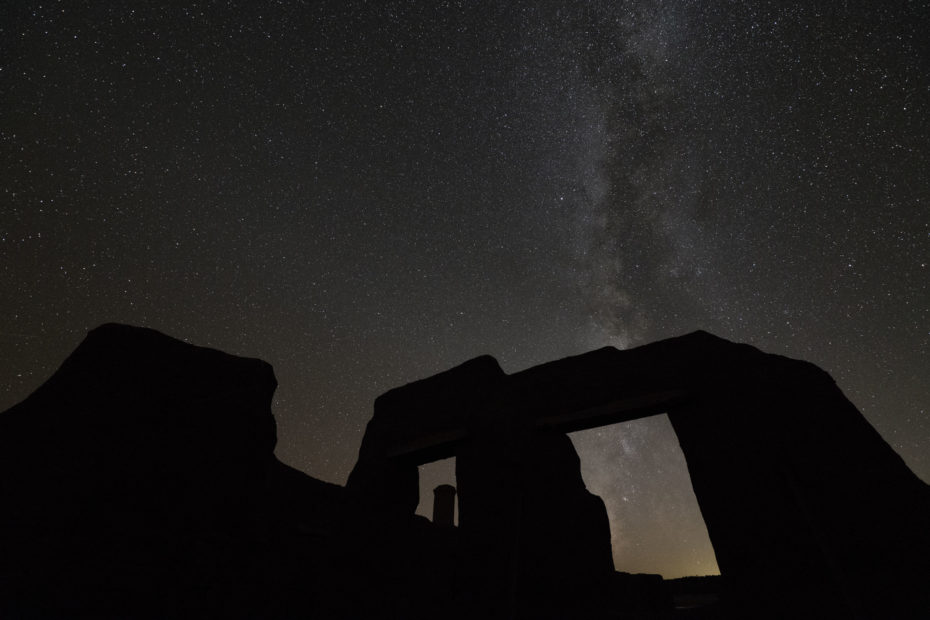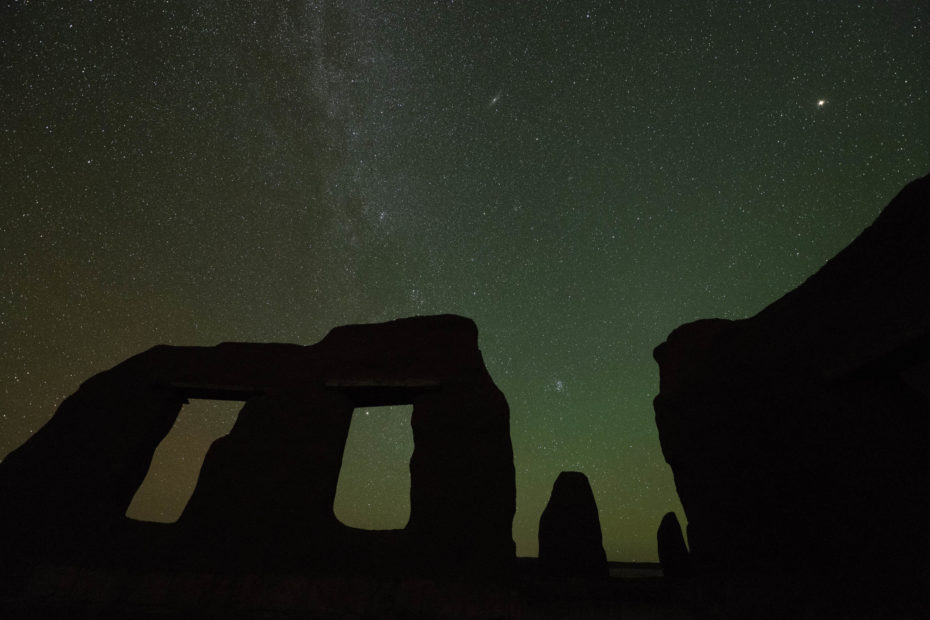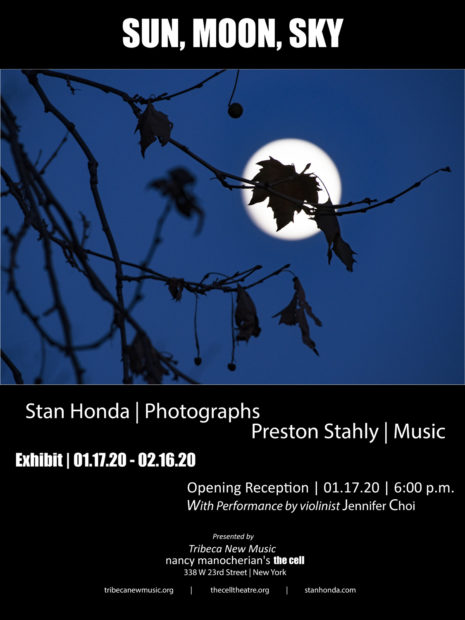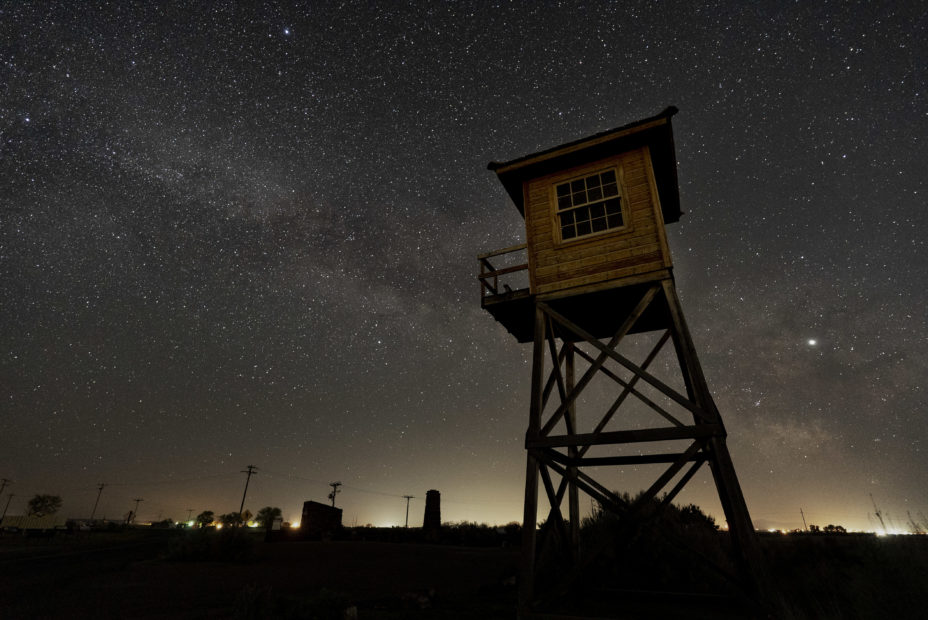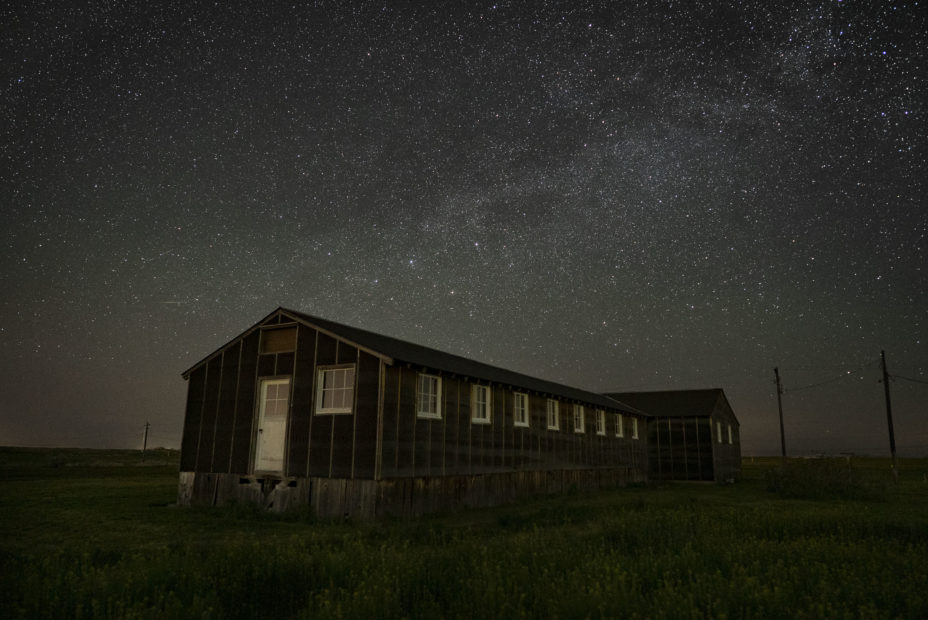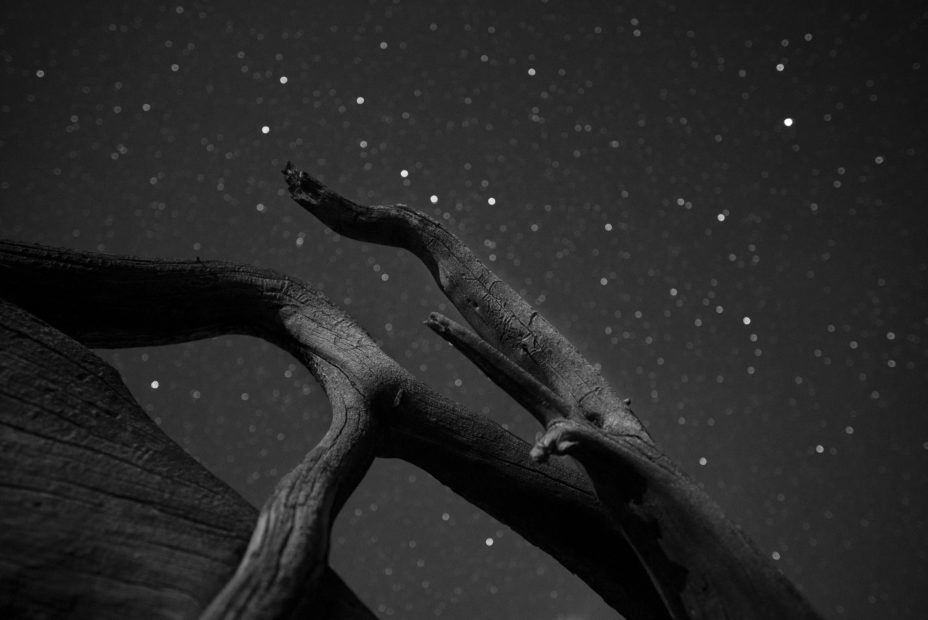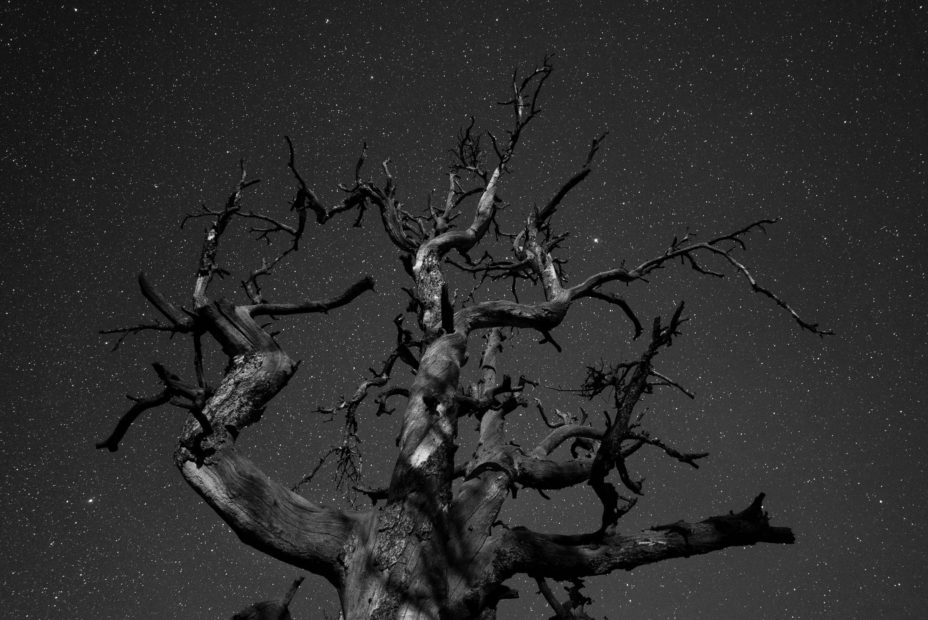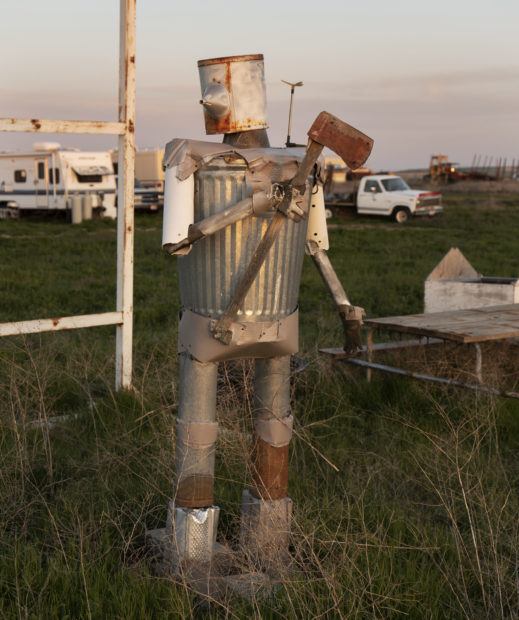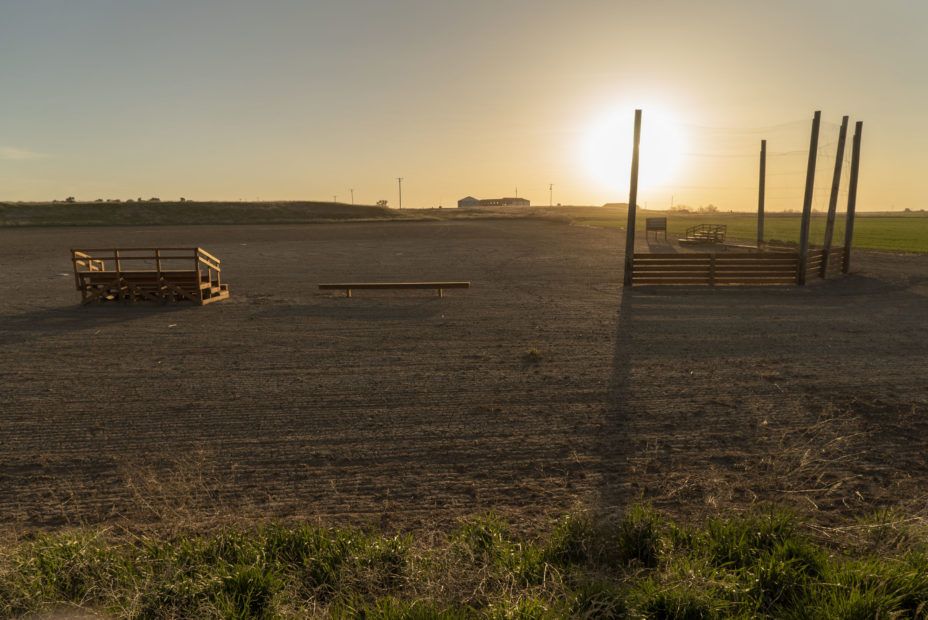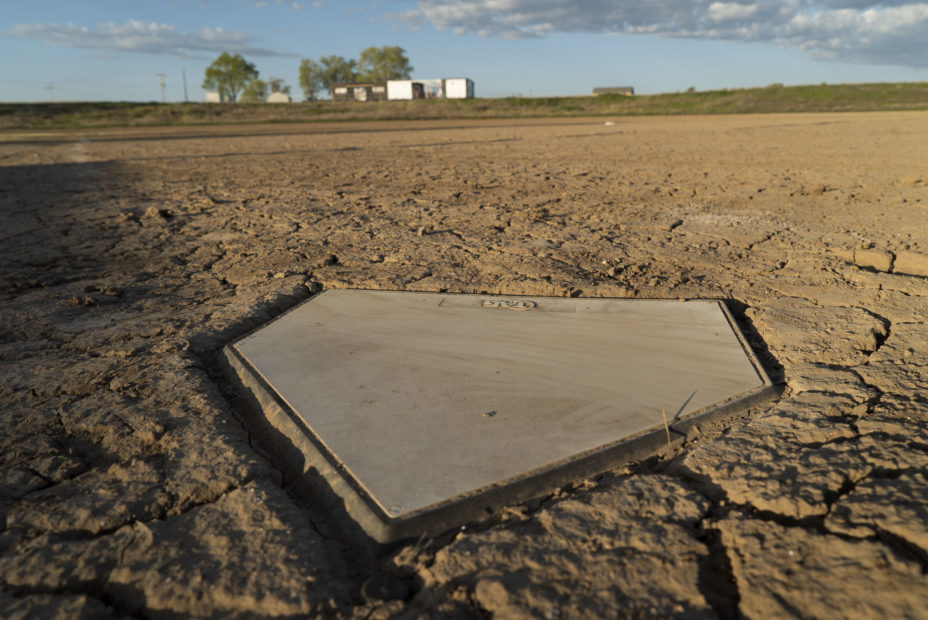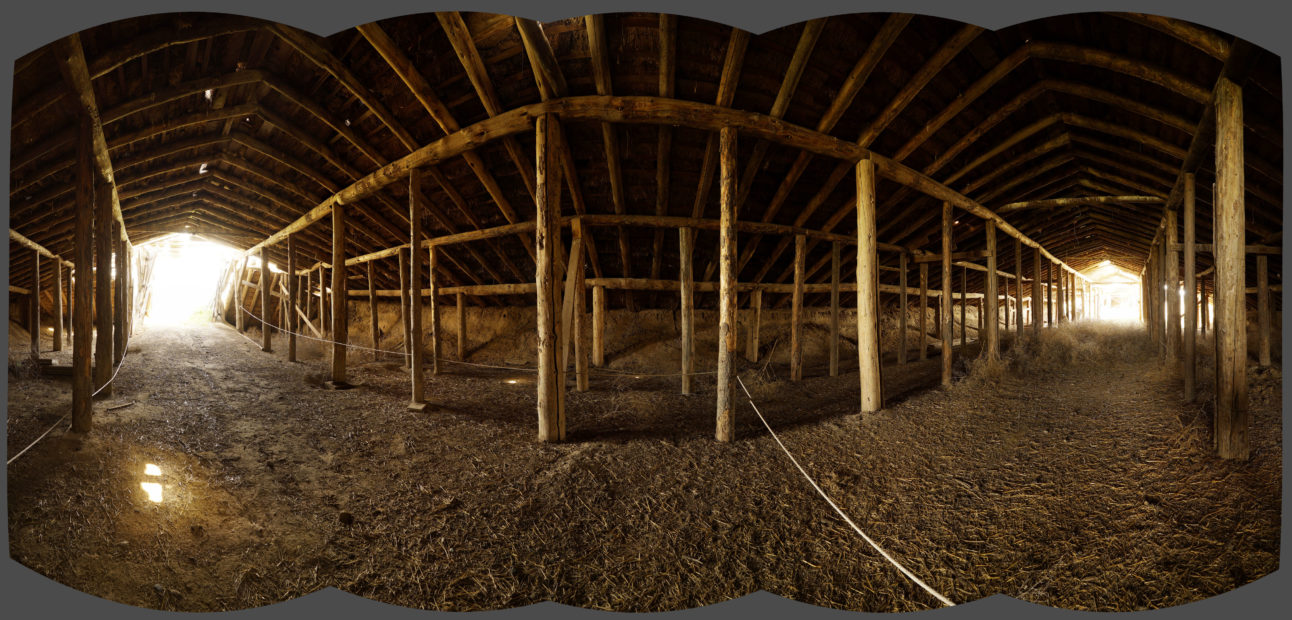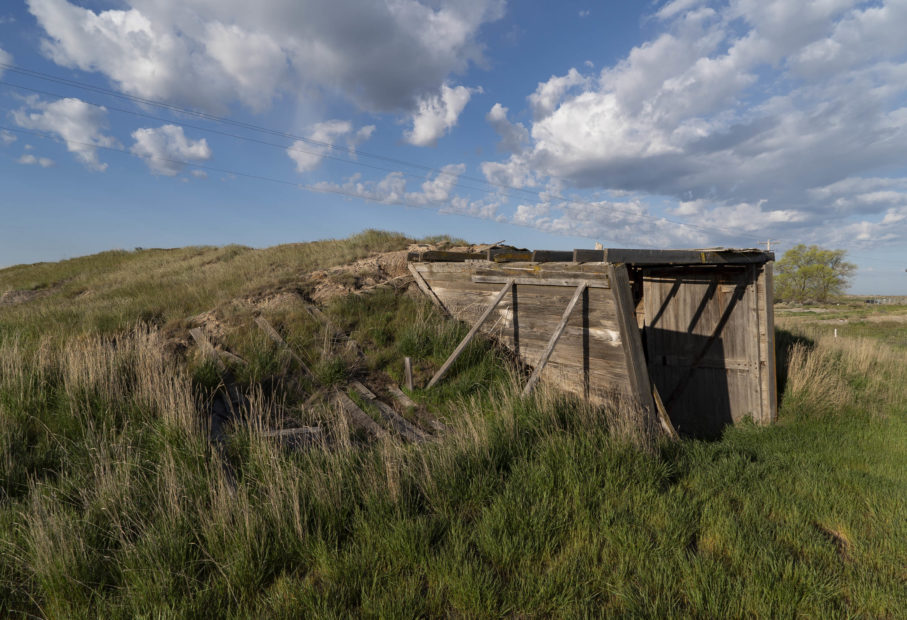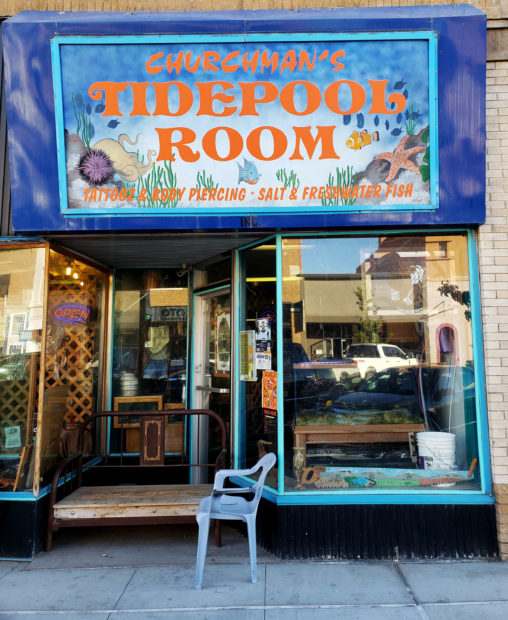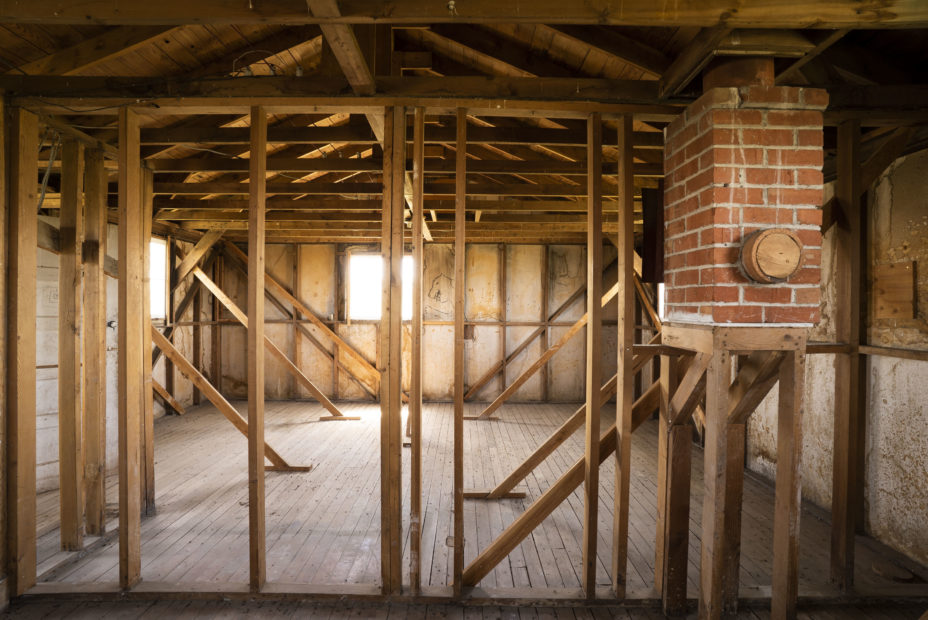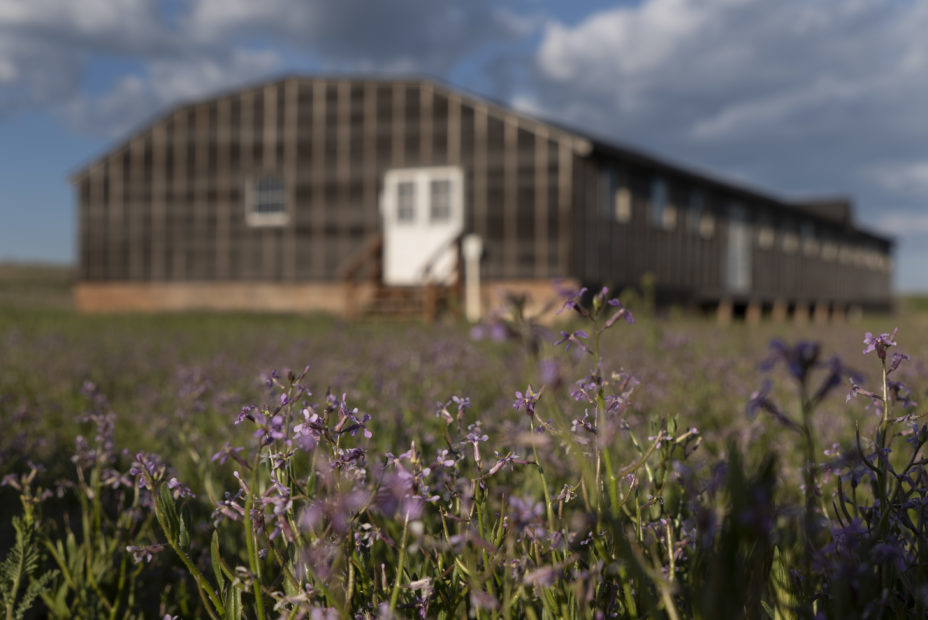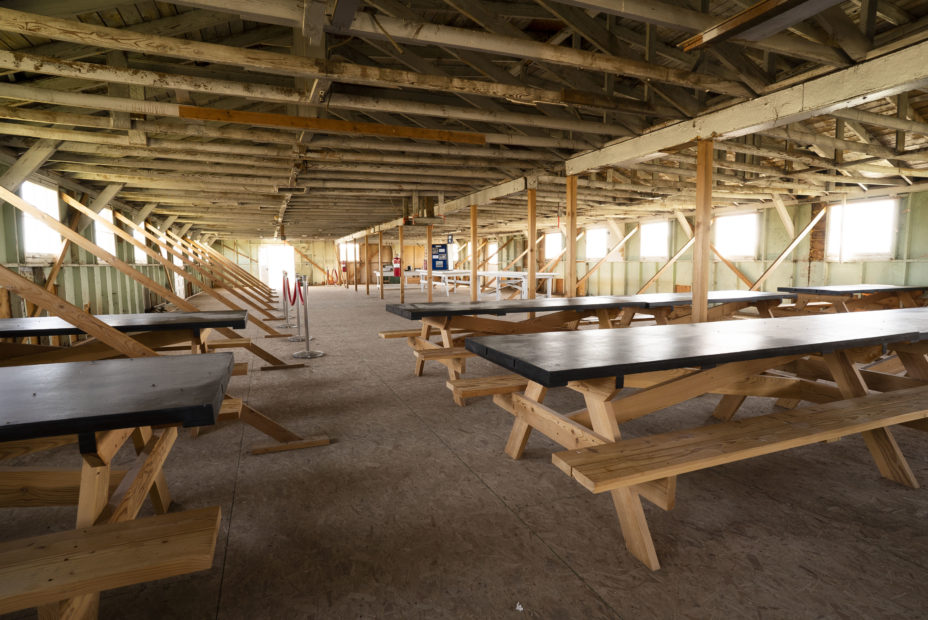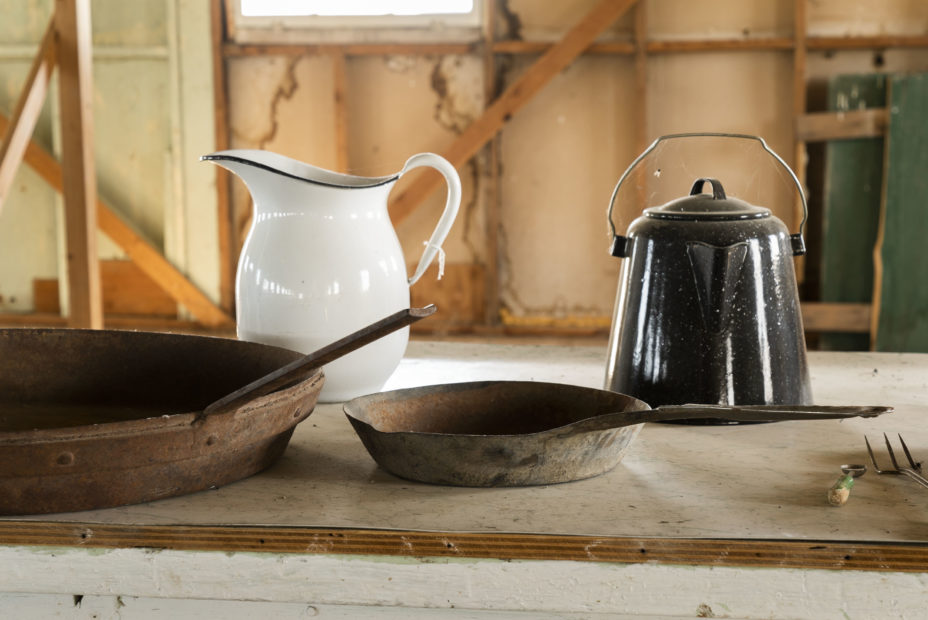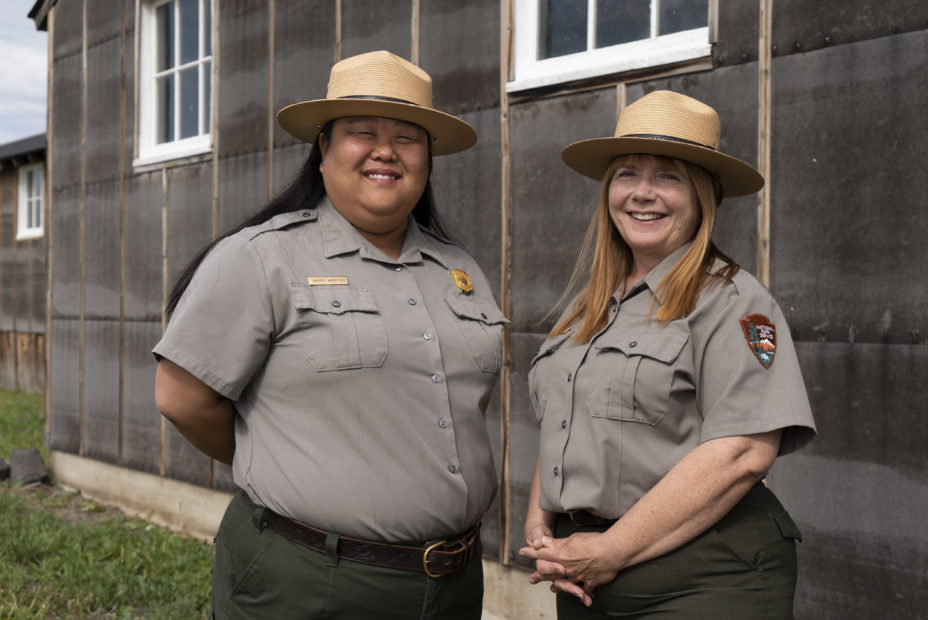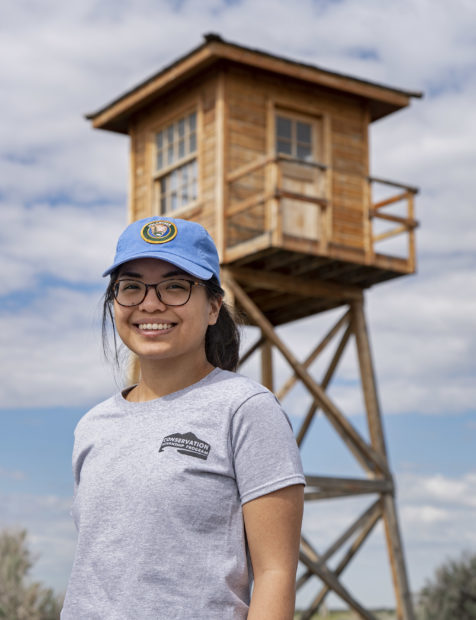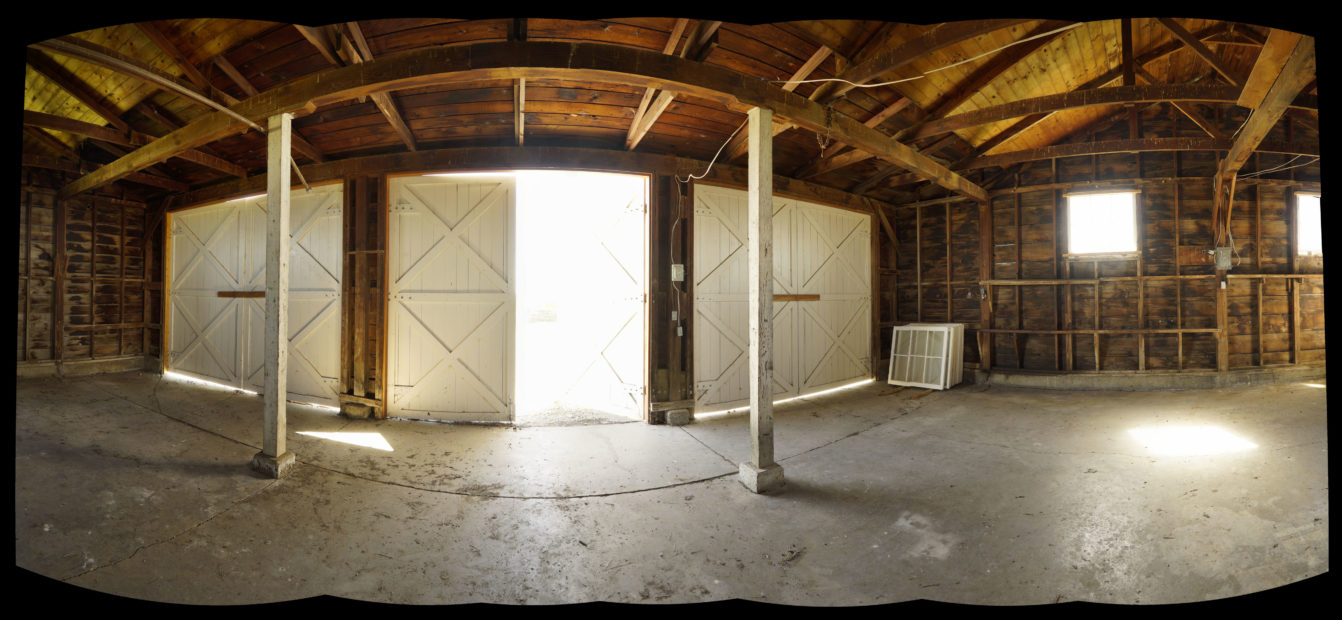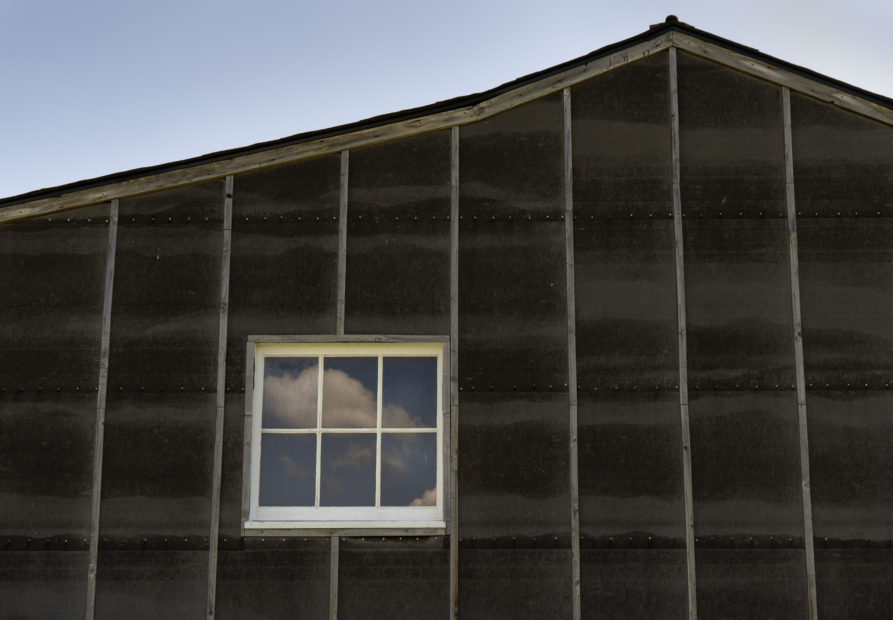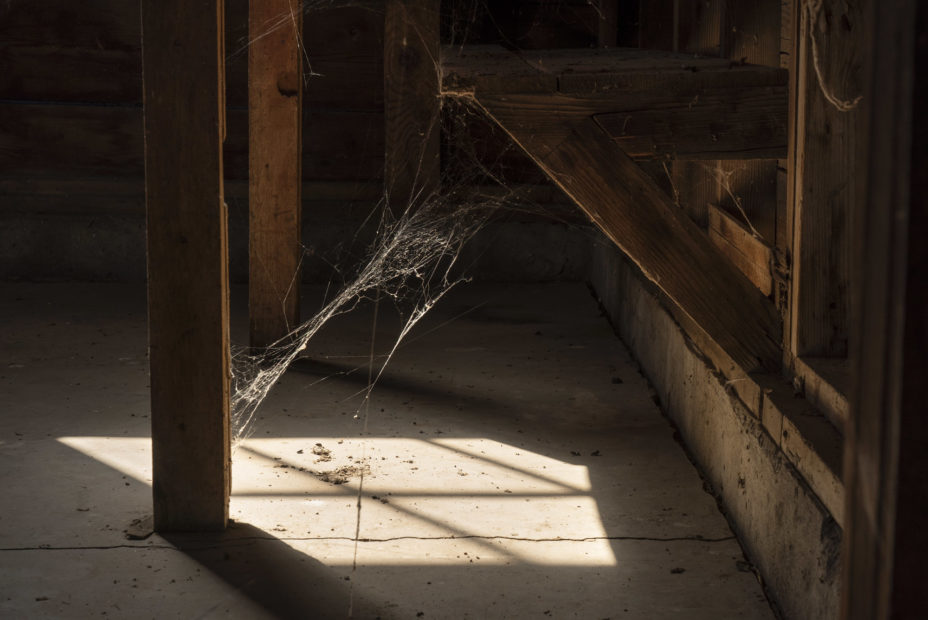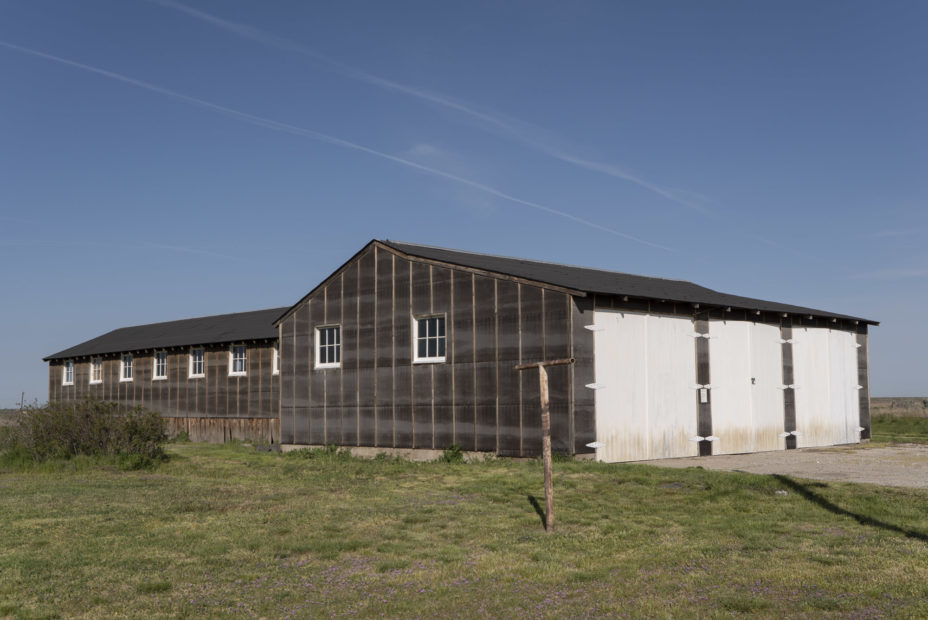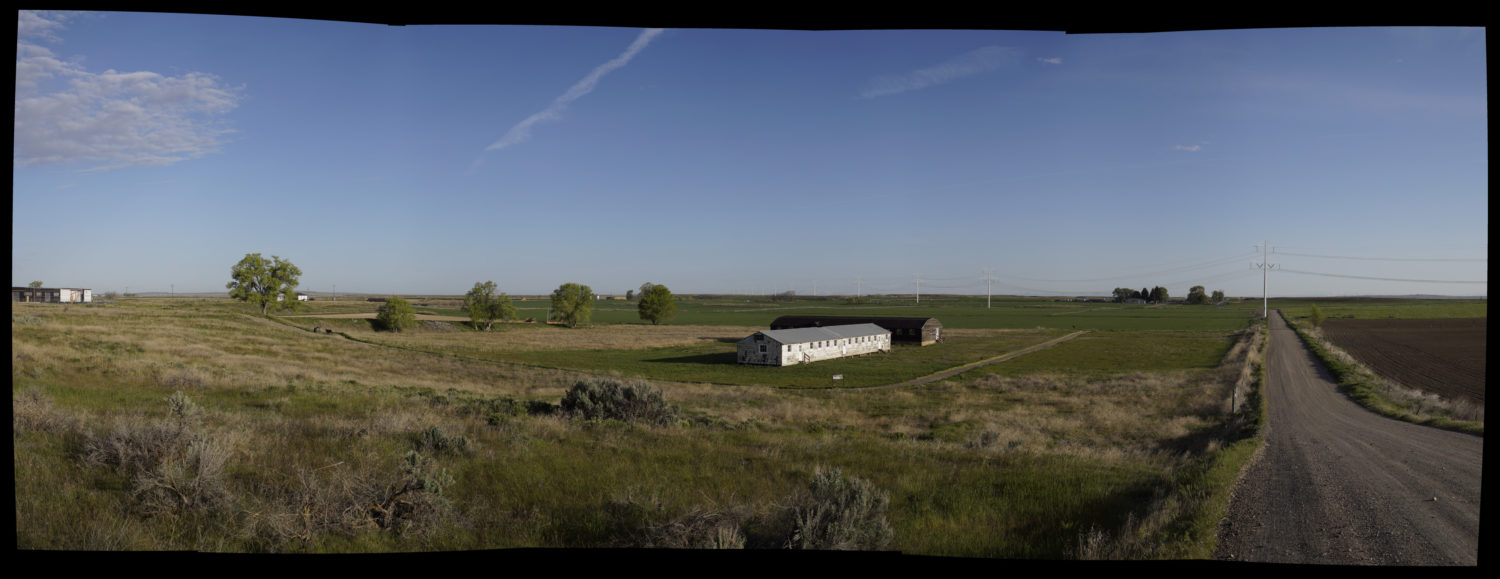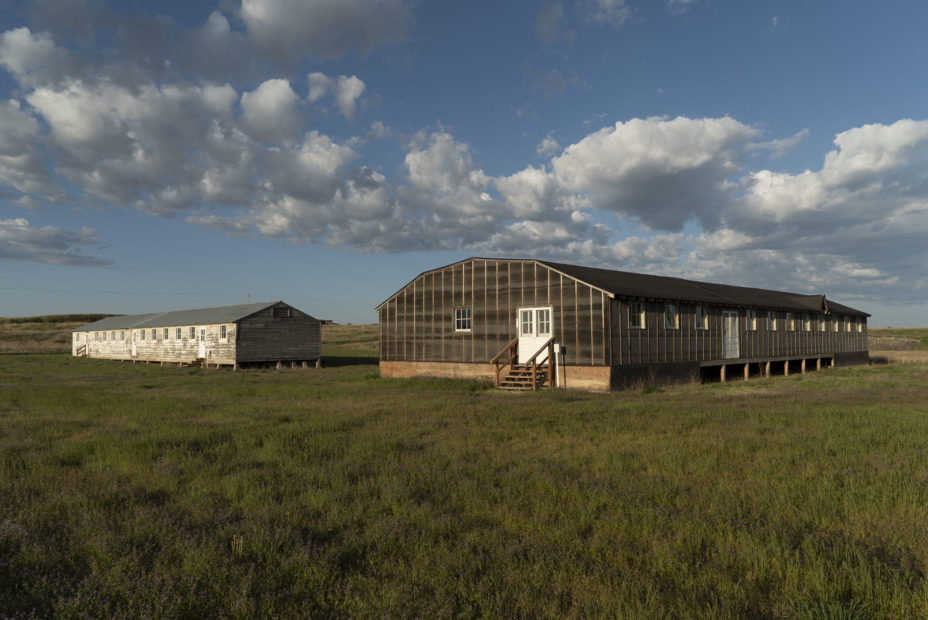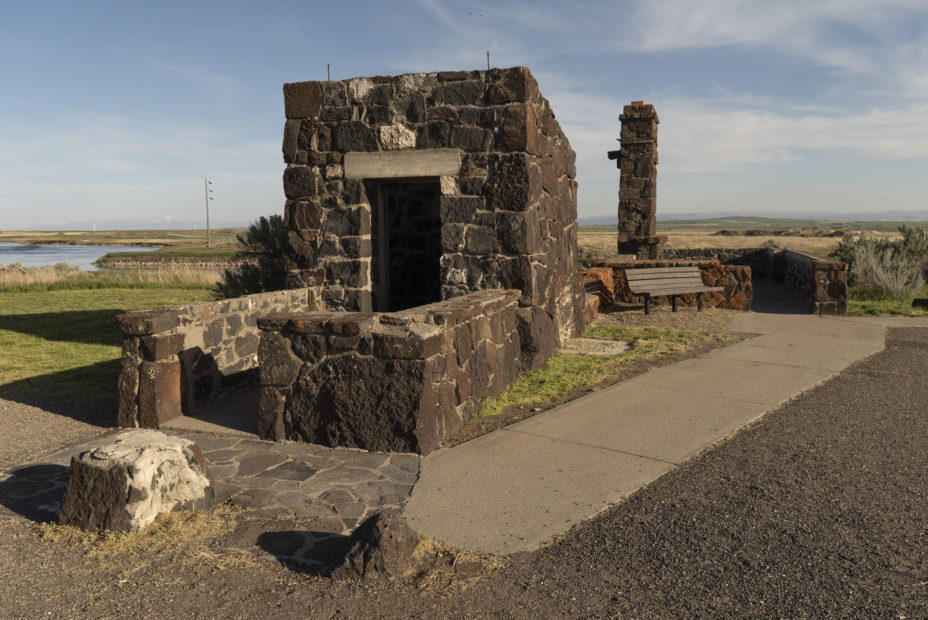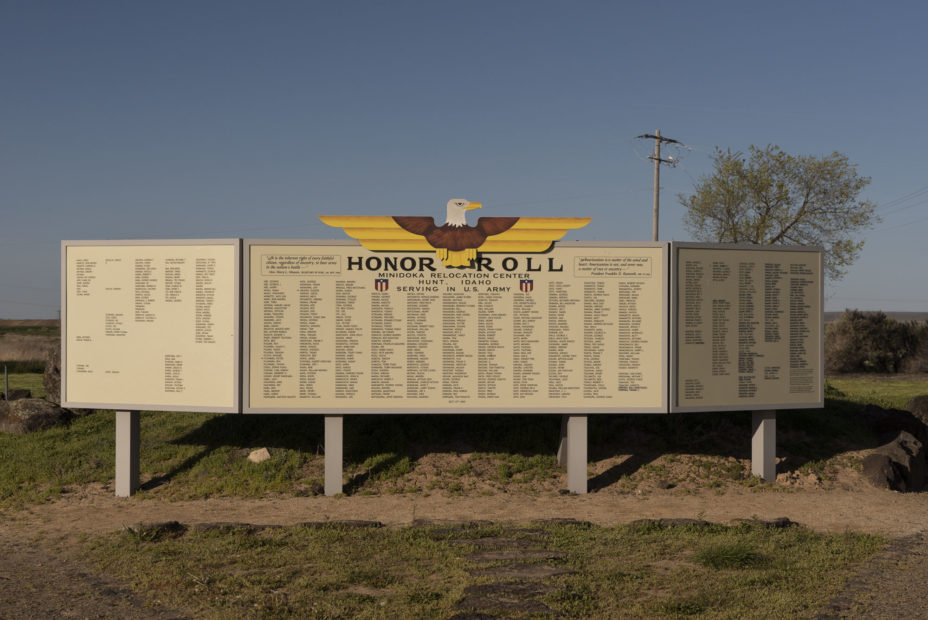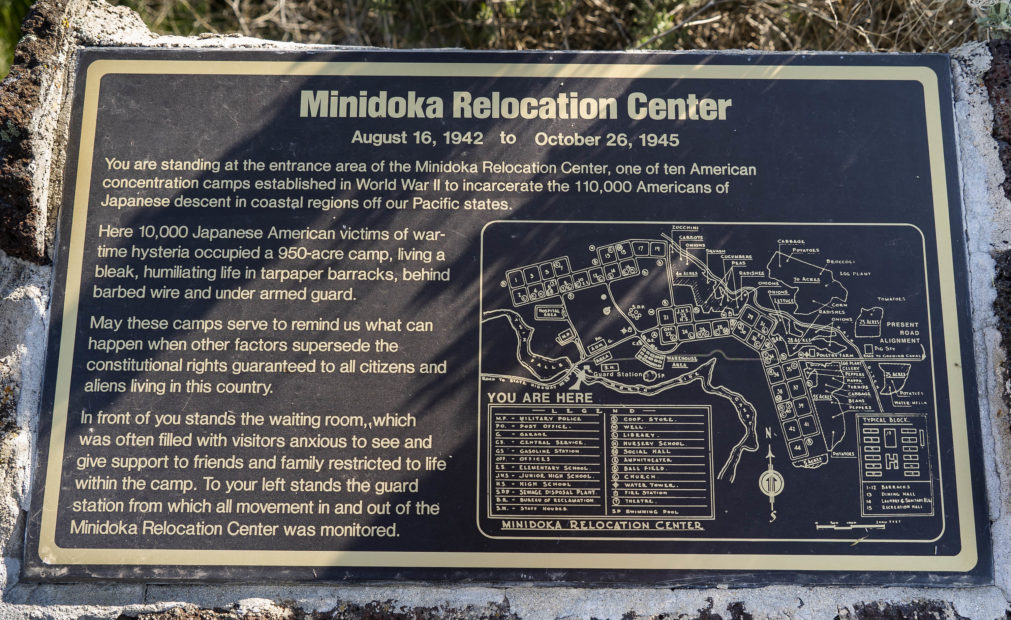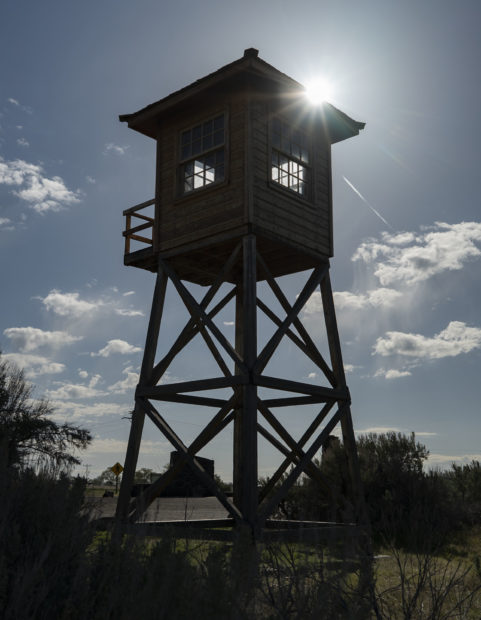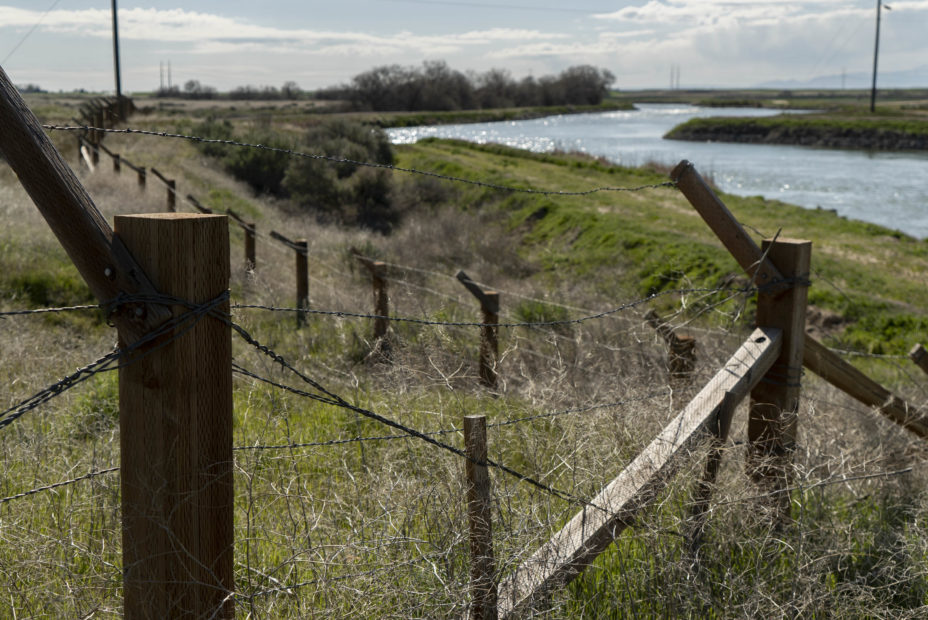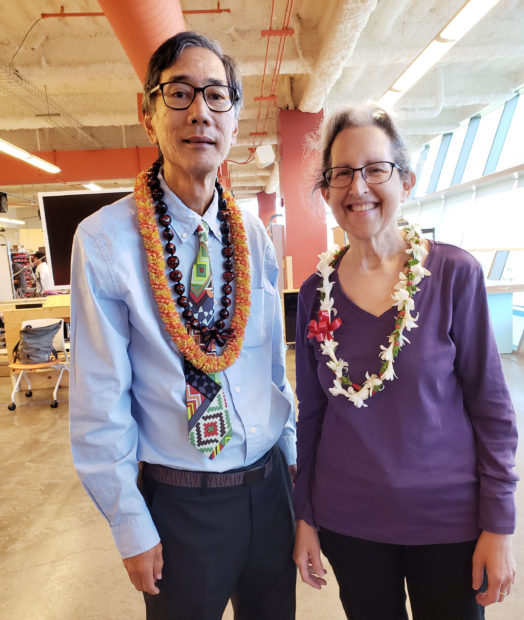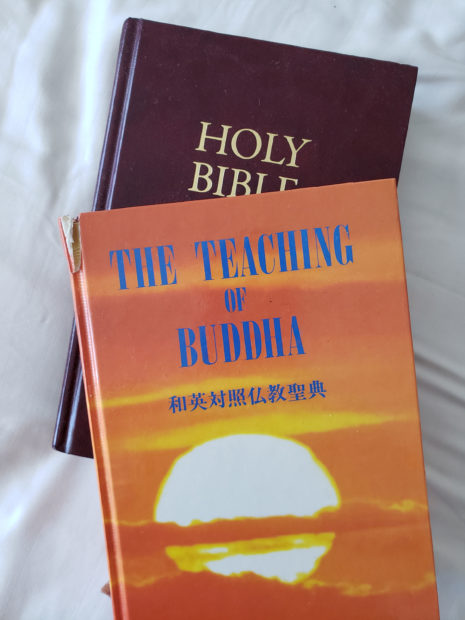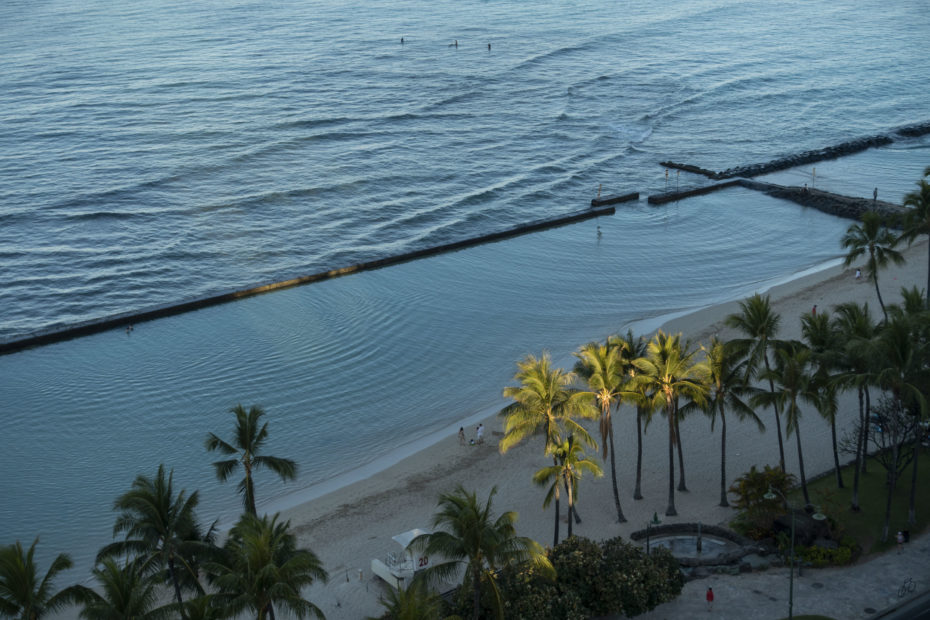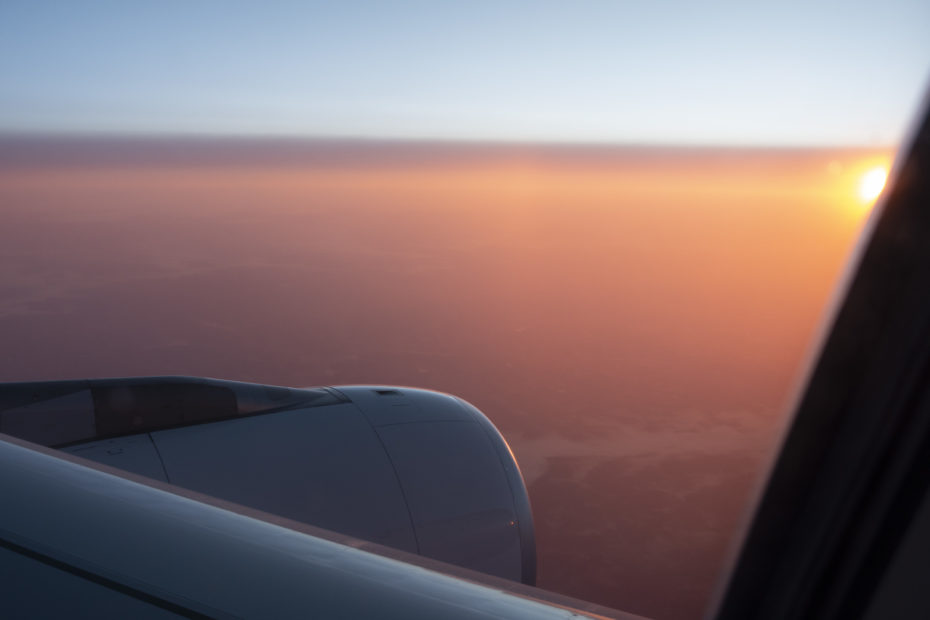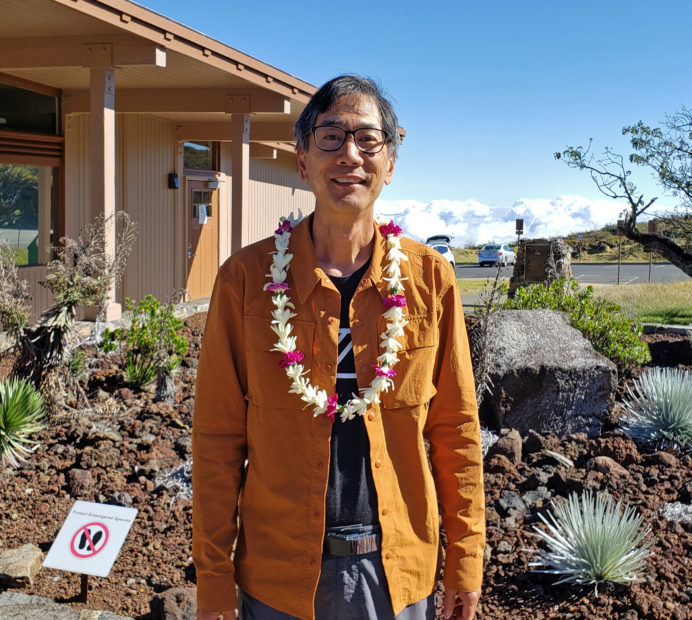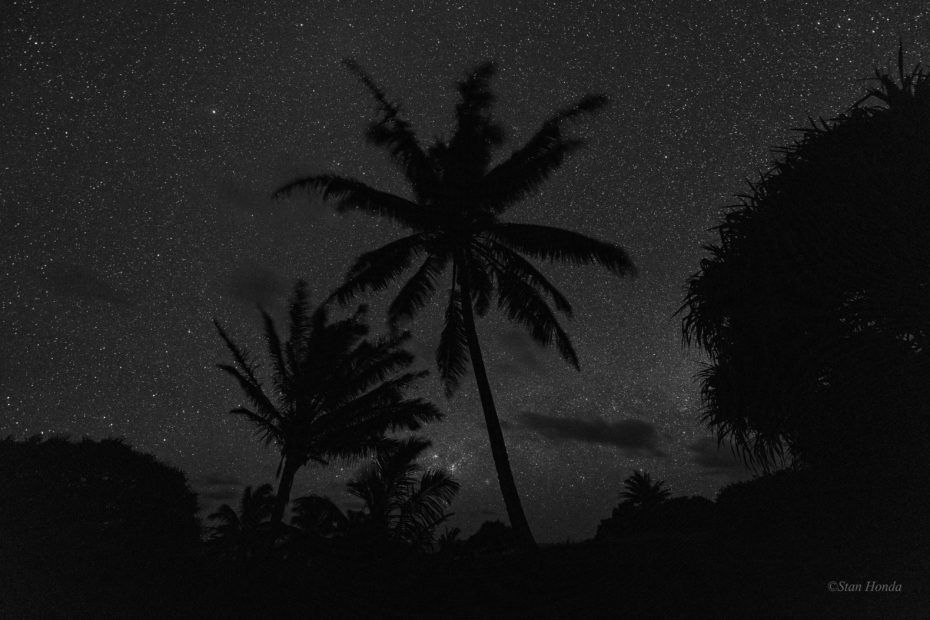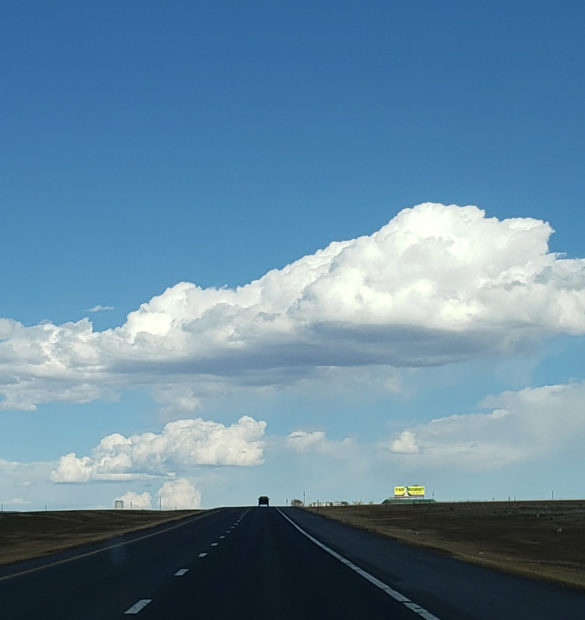
I’m here on the high plains of New Mexico as the artist-in-residence at Fort Union National Monument. The park is at 6,775 feet in altitude and the wind is howling across the plain this morning. Ranger B.J. told me soldiers stationed here would call it Fort Windy.
The national monument is the site of an Army fort that existed in three iterations from 1851 to 1891 in the newly acquired New Mexico Territory. The fort was part of American expansion into the southwest and is situated at the intersection of two main branches of the Santa Fe Trail. You can still see wagon wheel ruts carved into the earth along the path of the trail. Ancestral lands of a dozen native American nations were trod on and settled by Hispanos, people of Spanish descent from Mexico, and then the U.S. Army.
Over a year ago I applied through the National Parks Arts Foundation for an artist-in-residence stint at the park. I didn’t know much about the park, but my friend Rush from Albuquerque said it was in an area with lots of history and it is fairly remote so the sky is very dark. I was accepted in March and wasn’t sure until recently if the residency would happen due to the pandemic. Park employees are careful about wearing masks and distancing. There are not very many visitors so I don’t see many people during a day.
Arriving in Albuquerque on Nov. 2, it was nice to see most people wearing masks on the street, and all wearing masks indoors. Like most other states, New Mexico is seeing an increase in Covid cases.
I’m staying in a small studio apartment in the ranger housing area about a half mile from the visitor center. It’s in a complex with an administration and maintenance buildings. The low one-story structures give it the look of a tiny town. I think three other park staff live here.
Seems like it’s hard to social distance from people here because it’s hard to find other people. The road leading into the park dead ends here, so there is little traffic during the day and none at night. It is very quiet here, a nice bit of solitude.
The park consists of the remnants of adobe walled structures that made up the fort. It reminds me of a more modern Chaco Culture, the park in northwest New Mexico that preserves ancient pueblo Indian buildings. I thought the shapes of the walls would lend themselves to interesting foregrounds against the sky.
(Click on photos to enlarge)
